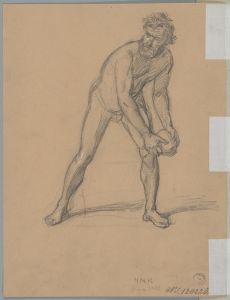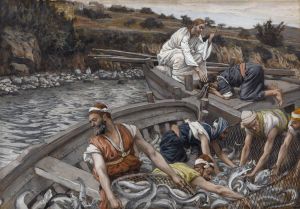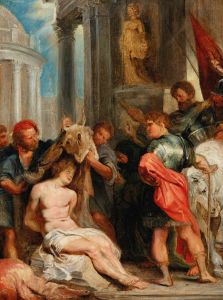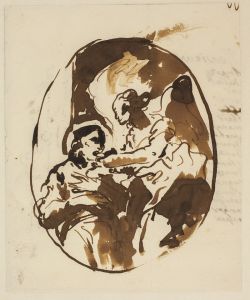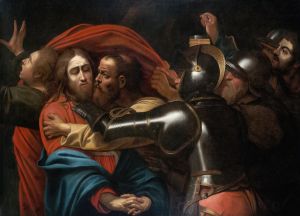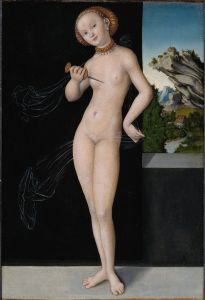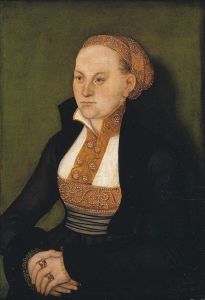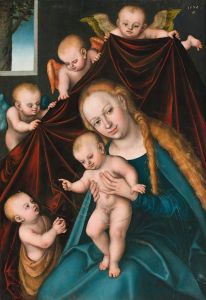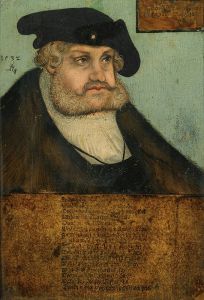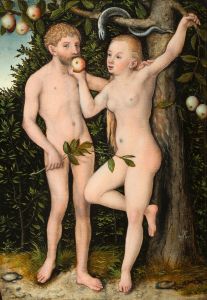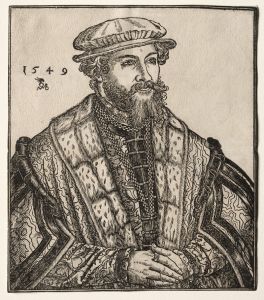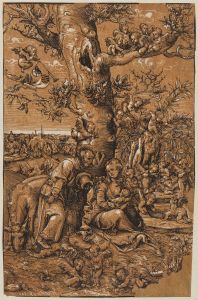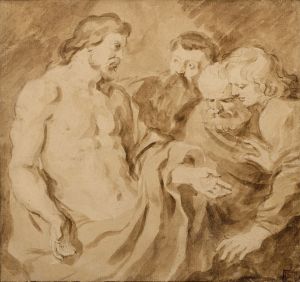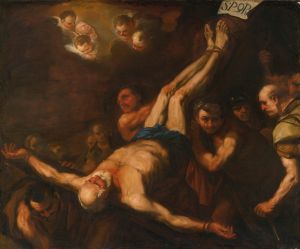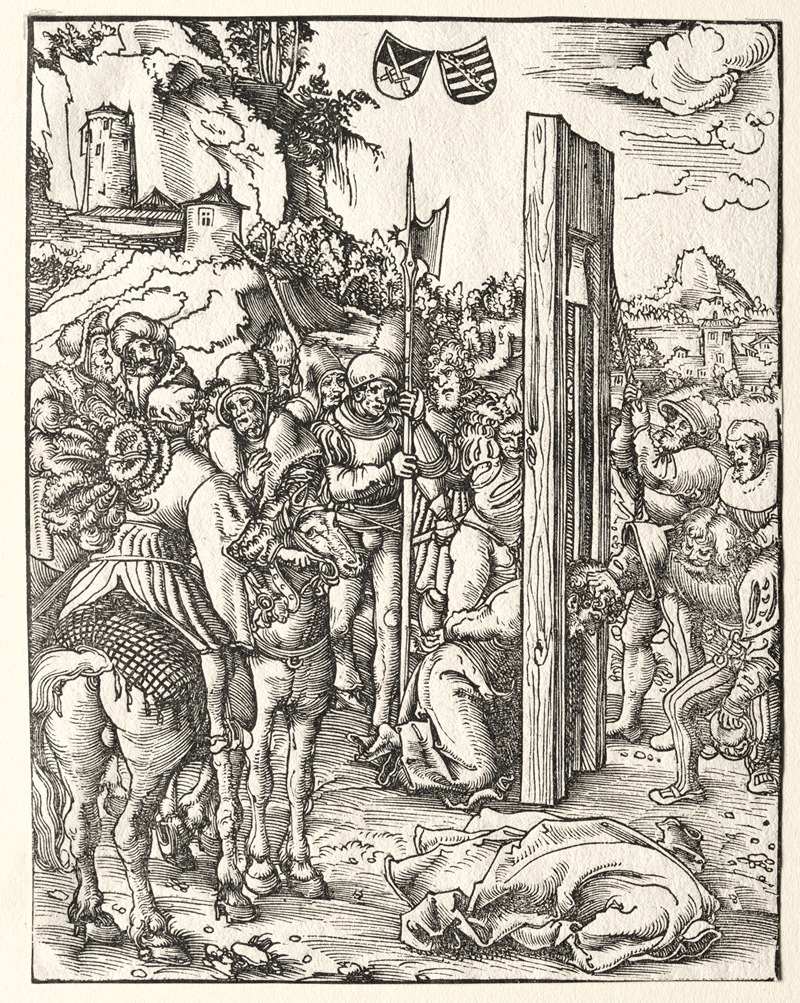
Martyrdom of St. Matthias
A hand-painted replica of Lucas Cranach the Elder’s masterpiece Martyrdom of St. Matthias, meticulously crafted by professional artists to capture the true essence of the original. Each piece is created with museum-quality canvas and rare mineral pigments, carefully painted by experienced artists with delicate brushstrokes and rich, layered colors to perfectly recreate the texture of the original artwork. Unlike machine-printed reproductions, this hand-painted version brings the painting to life, infused with the artist’s emotions and skill in every stroke. Whether for personal collection or home decoration, it instantly elevates the artistic atmosphere of any space.
Lucas Cranach the Elder, a prominent German Renaissance painter, is known for his significant contributions to the art world during the 16th century. Among his numerous works, the "Martyrdom of St. Matthias" stands out as a notable piece, although specific details about this painting are relatively scarce compared to some of his other works.
Lucas Cranach the Elder was born in 1472 in Kronach, Germany. He became a leading figure in the Northern Renaissance, renowned for his portraits, religious scenes, and mythological subjects. Cranach was closely associated with the Protestant Reformation, and he maintained a friendship with Martin Luther, which influenced much of his religious artwork.
The "Martyrdom of St. Matthias" is believed to depict the martyrdom of Saint Matthias, who, according to Christian tradition, was chosen to replace Judas Iscariot as one of the twelve apostles. The story of Matthias is primarily found in the Acts of the Apostles in the New Testament, where he is selected by casting lots. However, the details of his martyrdom are not explicitly described in the Bible and are instead derived from apocryphal sources and Christian tradition, which suggest that he was martyred for his faith.
Cranach's depiction of religious themes often reflects the theological and cultural shifts of his time, particularly the tensions between Catholicism and the emerging Protestant movement. His works are characterized by their vivid colors, attention to detail, and the incorporation of both Gothic and Renaissance elements. Cranach's paintings frequently include symbolic elements that convey deeper religious meanings, aligning with the didactic nature of much of the art produced during the Reformation.
While specific information about the "Martyrdom of St. Matthias" painting is limited, it can be inferred that Cranach's approach would have been consistent with his other religious works. His paintings often feature a combination of realism and idealism, with figures depicted in a manner that emphasizes their spiritual significance. The use of light and shadow, as well as the careful composition of the scene, would likely serve to highlight the central theme of martyrdom and faith.
Cranach's legacy is preserved through his extensive body of work, which includes altarpieces, portraits, and allegorical paintings. His influence extended beyond his lifetime, as his workshop continued to produce art under the direction of his son, Lucas Cranach the Younger. Today, Cranach's works are held in high regard and can be found in major museums and collections worldwide.
In summary, while detailed information about the "Martyrdom of St. Matthias" by Lucas Cranach the Elder is limited, the painting is likely representative of his broader oeuvre, characterized by its religious themes, vibrant colors, and intricate details. Cranach's work remains an important part of art history, reflecting the cultural and religious dynamics of the Renaissance period.





